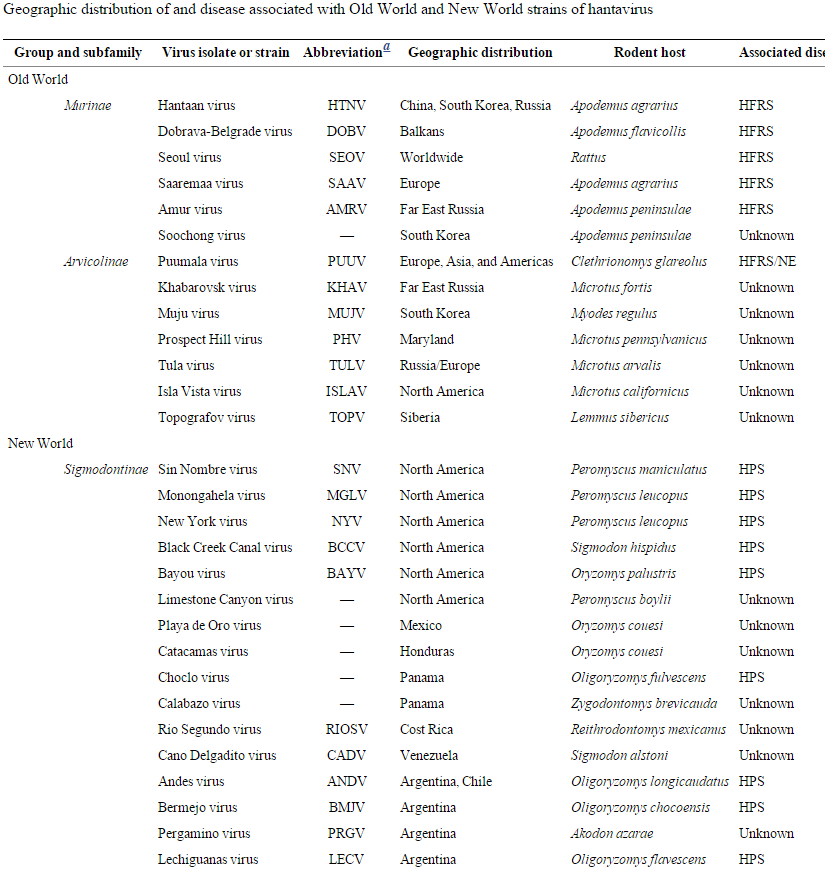Since 1993, more than 639 hantavirus cases have been reported in the United States carrying with it a 36 percent fatality rate. Elsewhere across the globe hantaviruses have been reported in countries in the Western hemisphere to include those in South America and Canada.

In addition, hantaviruses from the Old World including China, South Korea and Europe have been reported.
However, Mumbai, India is not one of them…until now according to a Hindustan Times report today. A 39-year-old man from Kurla was diagnosed with a hantavirus after reportedly bitten by a rat.
Apparently this is the first such case in India as the Brihanmumbai Municipal Corporation (BMC) noted saying no such case has been reported in Mumbai and the rest of India. “We consulted the Bombay Veterinary College and they said no hantavirus case has been reported in Mumbai. It is zoonotic disease (passed from animals to man),” said Dr Mini Khetarpal, chief of BMC’s epidemiology cell.
She added that there has been no reported case of hantavirus ever.
However, in a Oct 2011 report, the Times of India reported on a hantavirus case in Karimnagar district.
Hantavirus is a potentially life-threatening disease spread to humans by rodents that has symptoms similar to influenza.
Hantavirus is carried by rodents, especially deer mice. The virus is found in their urine and feces, but it does not make the animal sick.
It is believed that humans can get sick with this virus if they come in contact with contaminated dust from mice nests or droppings. You may come in contact with the dust when cleaning homes, sheds, or other enclosed areas that have been empty for a long time.
Hantavirus does not spread between humans.
The Centers for Disease Control and Prevention (CDC) divides the symptoms of hantavirus between “early” and “late” symptoms.
Early symptoms include fatigue, fever and muscle aches, especially in the large muscle groups—thighs, hips, back, and sometimes shoulders. These symptoms are universal.
There may also be headaches, dizziness, chills, and abdominal problems, such as nausea, vomiting,diarrhea, and abdominal pain. About half of all HPS patients experience these symptoms.
Four to 10 days after the initial phase of illness, the late symptoms of HPS appear. These include coughing and shortness of breath, with the sensation of, as one survivor put it, a “…tight band around my chest and a pillow over my face” as the lungs fill with fluid.


